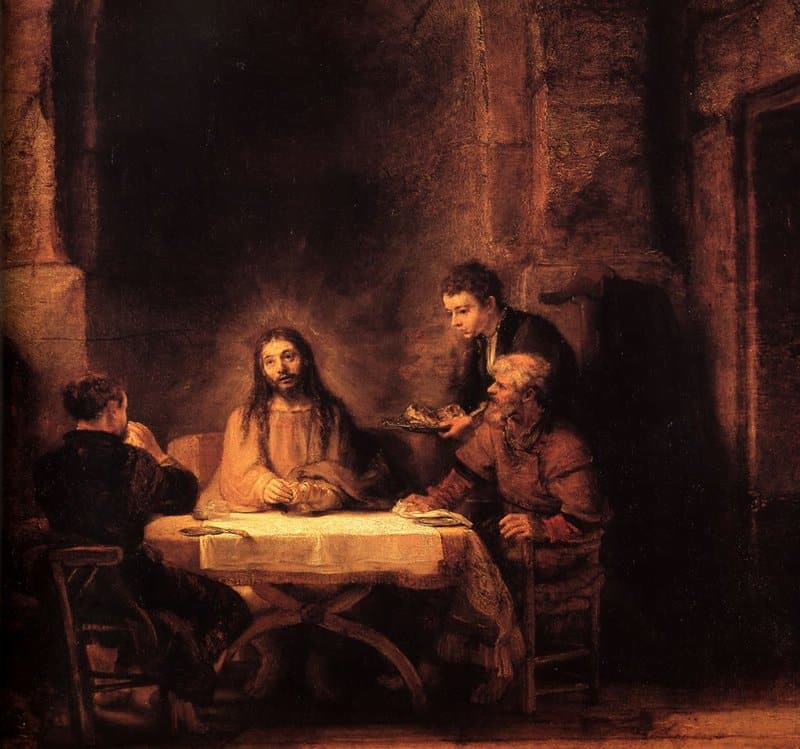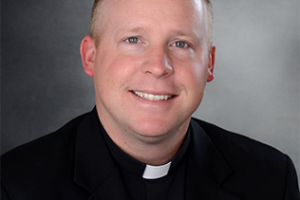
And They Recognized Him …
One of an occasional series of articles reflecting on the parts of the mass
“… In the breaking of the bread.” In the gospel of Luke we have the story of two of Jesus’ followers who encounter him on the road to Emmaus, but don’t recognize him until they sit down to supper. And how they recognize him becomes perhaps the earliest name for Christian worship, The Breaking of the Bread. Which says to me that that act of breaking the bread at mass is vitally important.
There are a few things that the General Instruction of the Roman Missal says (which is just what its sounds like – instructions for how to do mass) that point to that importance. It says that the bread used for the mass should be as much like real food as possible. It also says that the the host used by the presider should be large enough that at least some of the assembly present can receive from the bread that is broken. It also specifies that the assembly should receive from the eucharist that is consecrated at that mass, not from the reserved sacrament. All of this emphasizes that each of us present at mass unite ourselves with the bread broken, which is the broken body of our savior, the sacrifice of Jesus Christ. And it emphasizes the need for the visible signs of the mass to communicate clearly the reality of what is happening.
Another of the visible signs that communicates what is happening is the sign of communion, of acting literally “in union.” The full act of the breaking of bread and reception of the Body and Blood of Christ is one that we do as one assembly. Which is why the General Instruction specifies that the assembly stand together from the prayer over the gifts, through the Eucharistic Prayer, until the reception of communion is finished. (The practice of kneeling during the Eucharistic Prayer is particular to the United States and given by special permission in the General Instruction, which is why you may have found yourself standing for that prayer if you’ve gone to mass outside the US.) The idea behind this is that our posture says that we are united the whole time with what we are doing.
In the end, we are a people broken and shared, and the Body of Christ is broken and shared, which is perhaps why this central truth gave its name to the mass in its earliest form.
-Fr Lou

